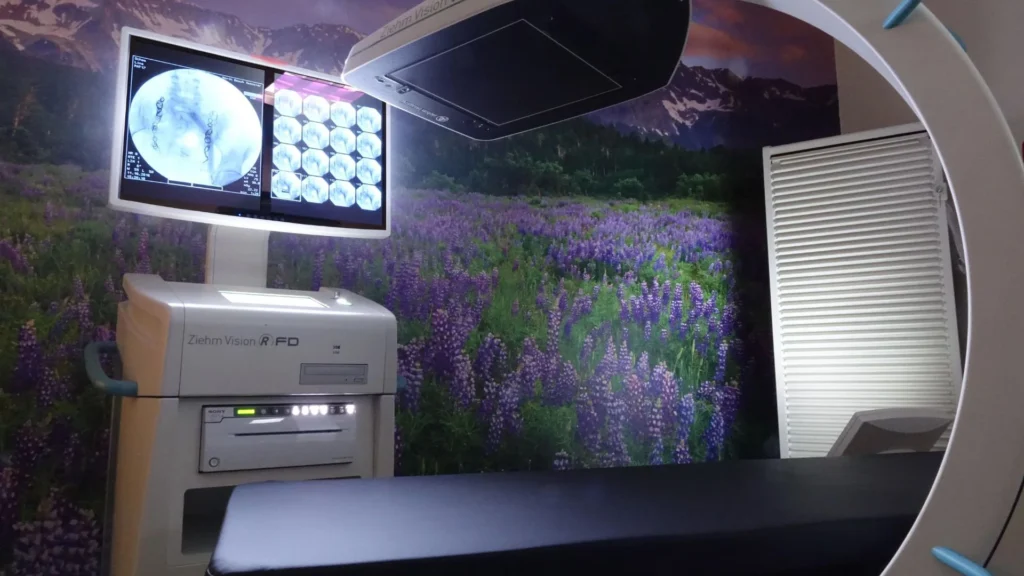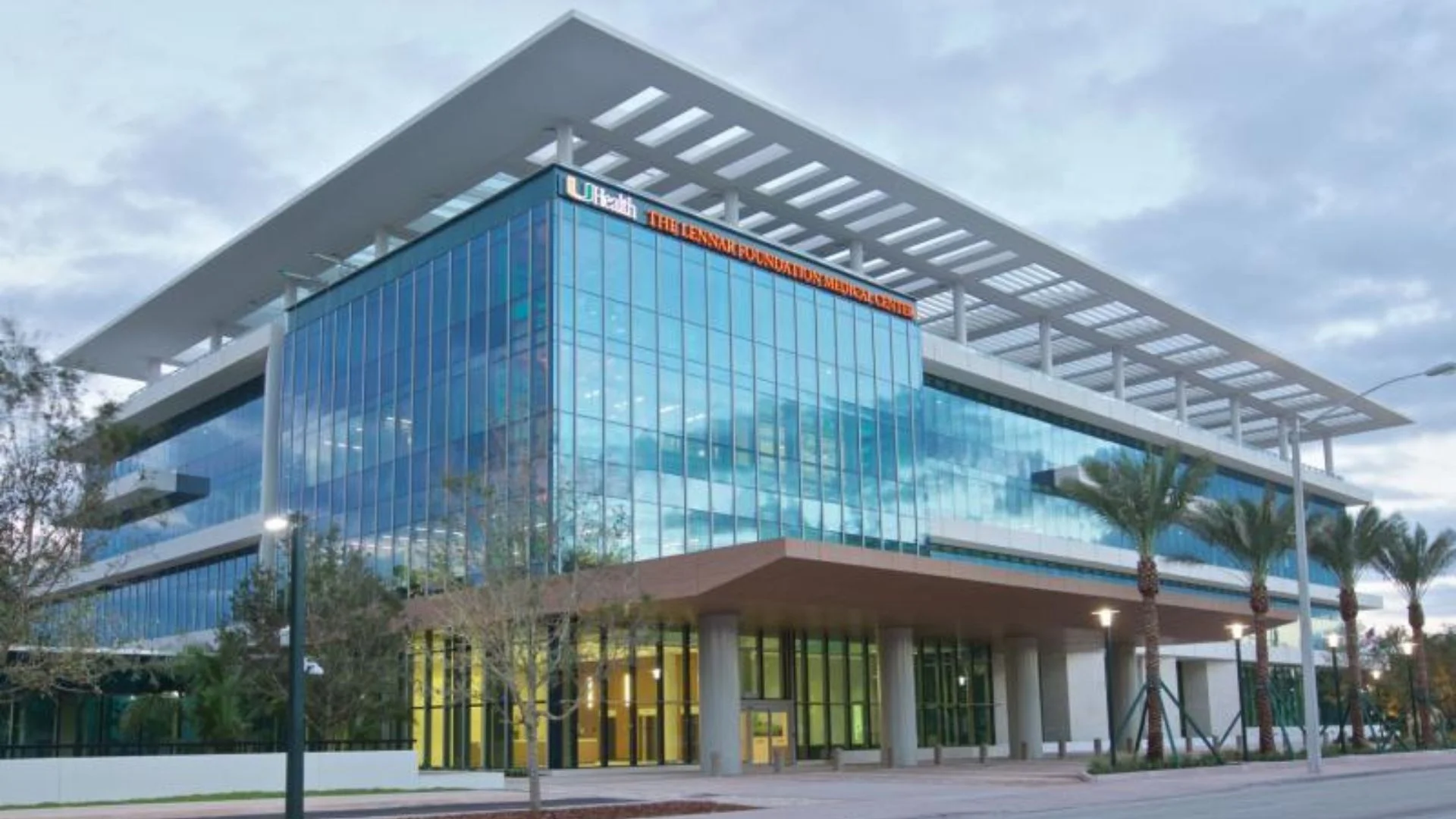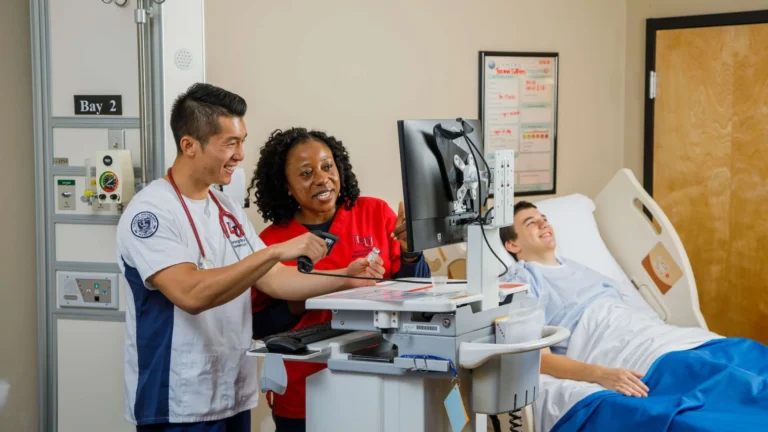Interventional Radiology at the University of Miami
Interventional Radiology (IR) is a rapidly evolving medical specialty that employs minimally invasive, image-guided procedures to diagnose and treat various conditions. These procedures often offer less risk, less pain, and shorter recovery times compared to traditional surgeries. At the forefront of this innovative field is the University of Miami, renowned for its cutting-edge technology, distinguished faculty, and comprehensive training programs.Interventional Radiology at the University of Miami
History and Evolution of Interventional Radiology
The Emergence of Interventional Radiology
Interventional Radiology began to take shape in the 1960s with the development of angioplasty and the first use of catheter-delivered therapies. Dr. Charles Dotter is often credited as the father of interventional radiology, pioneering the technique of percutaneous transluminal angioplasty. Since then, the field has expanded exponentially, incorporating a wide range of procedures that treat conditions in almost every organ system.
Growth and Development at the University of Miami
The University of Miami has been a leader in the advancement of interventional radiology. Over the decades, the university has embraced the latest technological advancements and research developments, contributing significantly to the growth of the field. The Miller School of Medicine at the University of Miami is particularly notable for its commitment to innovation and excellence in interventional radiology.
Key Procedures in Interventional Radiology
Vascular Interventions
One of the primary areas of focus in interventional radiology is vascular interventions. These procedures address issues related to blood vessels, including:
- Angioplasty and Stenting: Used to open narrowed or blocked blood vessels.
- Embolization: A technique to block blood flow to an area, often used to treat aneurysms or fibroids.
- Thrombectomy: The removal of blood clots from vessels, which is crucial in stroke management.
Oncologic Interventions
Interventional radiology plays a significant role in the treatment of cancer. Procedures include:
- Chemoembolization: Delivering chemotherapy directly to a tumor’s blood supply.
- Radiofrequency Ablation (RFA): Using heat to destroy cancer cells.
- Cryoablation: Freezing cancer cells to kill them.
Non-Vascular Interventions
IR also addresses a variety of non-vascular conditions, such as:
- Biopsies: Using imaging guidance to obtain tissue samples.
- Drainage Procedures: Removing excess fluids from areas such as abscesses or cysts.
- Vertebroplasty and Kyphoplasty: Treating spinal fractures by stabilizing vertebrae.
The University of Miami’s Interventional Radiology Program
Faculty and Leadership
The University of Miami boasts a distinguished faculty comprising leading experts in interventional radiology. These professionals are not only skilled clinicians but also active researchers and educators, contributing to the advancement of the field. Key figures in the department include:
- Dr. John Smith: A pioneer in oncologic interventions.
- Dr. Jane Doe: Renowned for her work in vascular procedures.
- Dr. Richard Roe: An expert in non-vascular interventions and innovative imaging techniques.
State-of-the-Art Facilities
The University of Miami’s facilities are equipped with the latest technology, ensuring that patients receive the highest standard of care. The interventional radiology suite includes advanced imaging equipment, such as:
- MRI and CT Scanners: Providing detailed images for precise guidance.
- Ultrasound Machines: Essential for real-time imaging during procedures.
- Digital Subtraction Angiography (DSA): Offering high-quality vascular imaging.
Research and Innovation
Research is a cornerstone of the interventional radiology program at the University of Miami. The department is involved in numerous clinical trials and studies aimed at developing new treatments and improving existing ones. Areas of research focus include:
- Novel Therapeutic Techniques: Investigating new methods for delivering treatments.
- Imaging Technology Advancements: Enhancing the precision and safety of procedures.
- Patient Outcomes: Studying the long-term effects of interventional radiology treatments.

Education and Training
The University of Miami is dedicated to training the next generation of interventional radiologists. The program offers comprehensive training that combines clinical practice with research opportunities. Key components of the training program include:
- Residency Program: A robust curriculum that provides hands-on experience in a variety of IR procedures.
- Fellowship Program: Advanced training for those seeking to specialize further.
- Continuing Medical Education (CME): Opportunities for practicing radiologists to stay updated with the latest advancements.
Clinical Applications and Patient Care
Personalized Patient Care
At the University of Miami, patient care is personalized to meet the specific needs of each individual. The interventional radiology team works closely with other medical specialists to develop comprehensive treatment plans. This multidisciplinary approach ensures that patients receive the most effective and least invasive treatments available.
Common Conditions Treated
Interventional radiology at the University of Miami addresses a wide range of conditions, including:
- Peripheral Artery Disease (PAD): Using angioplasty and stenting to improve blood flow.
- Liver Cancer: Employing chemoembolization and RFA for targeted treatment.
- Uterine Fibroids: Treating with uterine artery embolization to reduce symptoms.
- Varicose Veins: Using sclerotherapy and endovenous laser therapy for relief.
Success Stories and Patient Testimonials
Many patients have benefited from the advanced interventional radiology treatments offered at the University of Miami. Success stories and patient testimonials highlight the positive impact of these minimally invasive procedures. Patients often report significant improvements in their quality of life, faster recovery times, and reduced pain compared to traditional surgical options.
The Future of Interventional Radiology at the University of Miami
Emerging Technologies
The field of interventional radiology is continually evolving, with new technologies and techniques being developed regularly. The University of Miami is at the forefront of these advancements, exploring emerging technologies such as:
- Artificial Intelligence (AI): Enhancing imaging analysis and procedure planning.
- Robotic-Assisted Interventions: Improving precision and reducing operator fatigue.
- Nanotechnology: Developing new therapeutic agents for targeted treatments.
Expanding Clinical Applications
As technology advances, the range of conditions treated by interventional radiology continues to expand. The University of Miami is actively involved in researching and implementing new applications, such as:
- Neurological Interventions: Treating conditions like stroke and aneurysms with greater precision.
- Advanced Oncology Treatments: Exploring new ways to deliver cancer therapies.
- Regenerative Medicine: Using IR techniques to aid in tissue regeneration and healing.
Global Impact and Outreach
The University of Miami’s interventional radiology program also focuses on global health initiatives. Through partnerships and collaborations with international organizations, the university is working to bring advanced IR treatments to underserved populations around the world. These efforts include:
- Training Programs: Educating physicians in developing countries.
- Telemedicine: Providing remote consultations and support.
- Research Collaborations: Conducting joint studies to address global health challenges.
Conclusion
Interventional radiology at the University of Miami represents the pinnacle of medical innovation and patient care. With a commitment to cutting-edge technology, comprehensive education, and groundbreaking research, the university’s IR program continues to push the boundaries of what is possible in medicine. Patients benefit from minimally invasive procedures that offer faster recovery times and better outcomes, while the global medical community gains from the university’s contributions to research and training.
The future of interventional radiology at the University of Miami is bright, with ongoing advancements poised to revolutionize the field even further. From emerging technologies like AI and nanotechnology to expanding clinical applications and global outreach efforts, the university is dedicated to leading the way in interventional radiology. This commitment ensures that patients worldwide have access to the best possible care and that the field continues to evolve, bringing new hope and healing to countless individuals.








Your point of view caught my eye and was very interesting. Thanks. I have a question for you.
Thank you for your sharing. I am worried that I lack creative ideas. It is your article that makes me full of hope. Thank you. But, I have a question, can you help me?